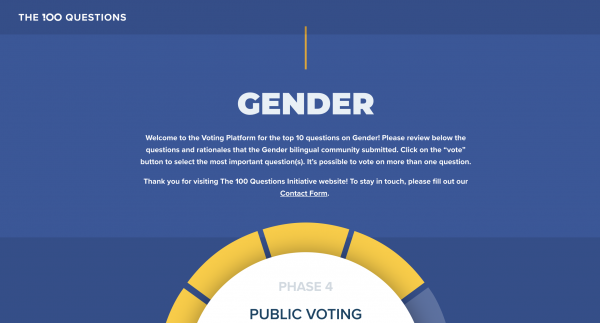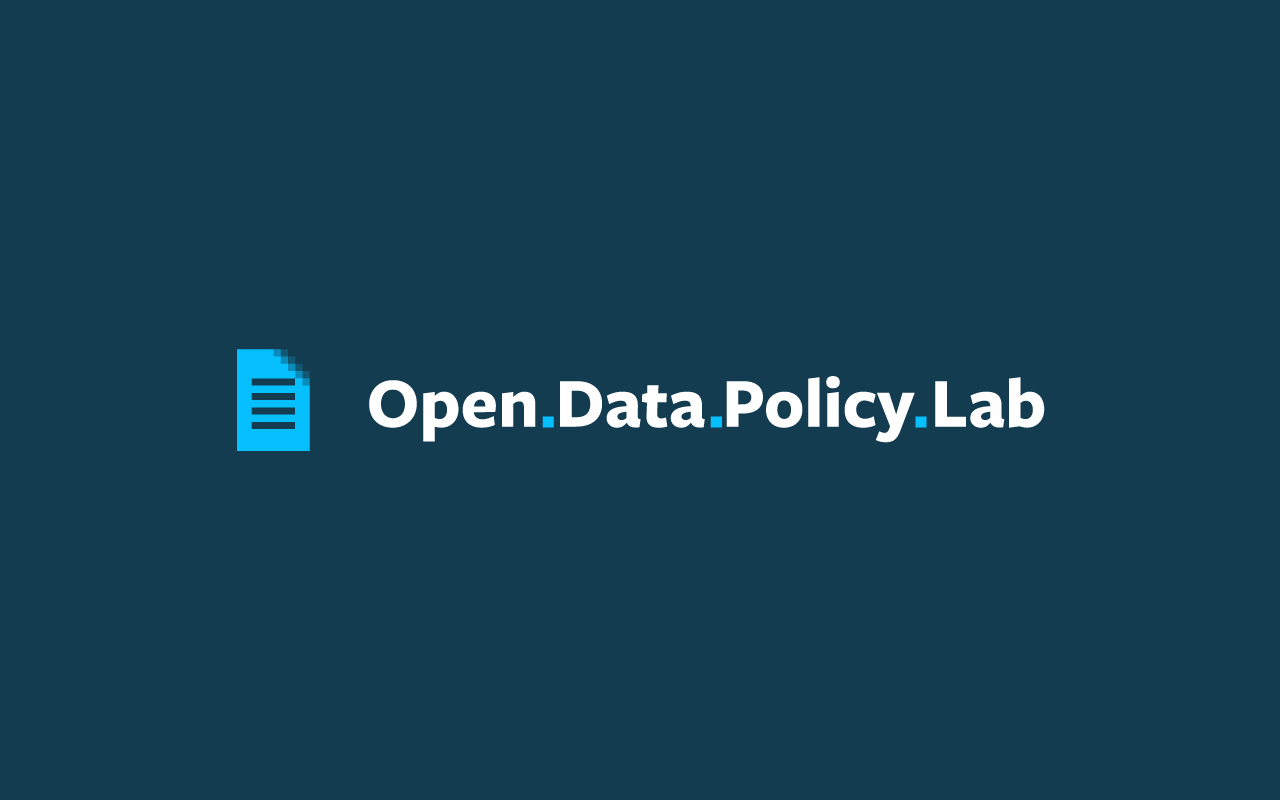Samuel Stolton at Euractiv: “As part of a series of debates in Parliament’s Legal Affairs Committee on Tuesday afternoon, MEPs exchanged ideas concerning several reports on Artificial Intelligence, covering ethics, civil liability, and intellectual property.
The reports represent Parliament’s recommendations to the Commission on the future for AI technology in the bloc, following the publication of the executive’s White Paper on Artificial Intelligence, which stated that high-risk technologies in ‘critical sectors’ and those deemed to be of ‘critical use’ should be subjected to new requirements.
One Parliament initiative on the ethical aspects of AI, led by Spanish Socialist Ibán García del Blanco, notes that he believes a uniform regulatory framework in the field of AI in Europe is necessary to avoid member states adopting different approaches.
“We felt that regulation is important to make sure that there is no restriction on the internal market. If we leave scope to the member states, I think we’ll see greater legal uncertainty,” García del Blanco said on Tuesday.
In the context of the current public health crisis, García del Blanco also said the use of certain biometric applications and remote recognition technologies should be proportionate, while respecting the EU’s data protection regime and the EU Charter of Fundamental Rights.
A new EU agency for Artificial Intelligence?
One of the most contested areas of García del Blanco’s report was his suggestion that the EU should establish a new agency responsible for overseeing compliance with future ethical principles in Artificial Intelligence.
“We shouldn’t get distracted by the idea of setting up an agency, European Union citizens are not interested in setting up further bodies,” said the conservative EPP’s shadow rapporteur on the file, Geoffroy Didier.
The centrist-liberal Renew group also did not warm up to the idea of establishing a new agency for AI, with MEP Stephane Sejourne saying that there already exist bodies that could have their remits extended.
In the previous mandate, as part of a 2017 resolution on Civil Law Rules on Robotics, Parliament had called upon the Commission to ‘consider’ whether an EU Agency for Robotics and Artificial Intelligence could be worth establishing in the future.
Another point of divergence consistently raised by MEPs on Tuesday was the lack of harmony in key definitions related to Artificial Intelligence across different Parliamentary texts, which could create legal loopholes in the future.
In this vein, members highlighted the need to work towards joint definitions for Artificial intelligence operations, in order to ensure consistency across Parliament’s four draft recommendations to the Commission….(More)”.



